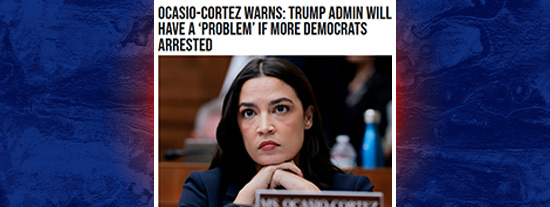Alaska prepares recount in narrow defeat of proposal to repeal ranked choice voting

Alaska’s top four ranked choice voting survived the November election by a whisker, but supporters might not want to pop champagne corks yet.
Lt. Gov. Nancy Dahlstrom has announced that she is seeking a recount for Ballot Measure 2, which was defeated by 50.1% against 49.9% or 664 votes in the November 5 voting.
In a statement released on Monday, Ms. Dahlstrom said, “Alaska Law ensures the integrity and accuracy of our elections. With results this close, we will conduct a recount as per statute.”
Alaska law requires the state to pay for a recount when the margin of victory in a race is less than 0.5%.
|
Ballot Measure 2 was defeated by 0.4%. This triggered a “state-funded” recount.
Alaska Republican Party has said that it will ask for a recount after the certification of the final votes on November 30.
The party announced that it had assembled a team of observers and reviewers to oversee the recount, which was led by Harmeet dhillon, an attorney and Republican National Committeewoman for California.
Alaska Division of Elections has already begun preparing for the upcoming election.
Carol Beecher said, “We’re actively gathering resources for a thorough and efficient count,” the director of the Elections Division. “Our team is dedicated to meeting the deadline of 10 days for the completion of the recount following the certification by the State Review Board scheduled on November 30,
The narrow margin of victory and the huge discrepancy between spending were notable features in the race to reverse ranked choice voting.
The anti-repeal campaign No on 2 raised around $100,000, which means that the pro-repeal Yes on 2 led by Phil Izon was outspent about 100-to-1.
Mr. Izon, far from being discouraged by the results of the Alaska election, said that ranked-choice voting is on a knife edge in Alaska.
In an email, Mr. Izon said that this razor-thin difference is not a loss but a rallying call. With a little bit more effort and support next time, victory will be within reach!
The system adopted by the voters of 2020 is a “jungle” nonpartisan primary where the top four vote-getters advance to the ballot for the general election. The final vote will be tallied by using a ranked-choice system in which the voters rank their four preferred candidates.
The votes are then reallocated if no candidate receives more than 50% of the first preference vote. In this case, the candidate with the least number of first-preferences is eliminated, and the supporters’ second choice candidate gets the votes.
The “instant runoff system” is also known as this process which continues until someone has a majority.
You got it? Many Alaskans, it seems, didn’t. The opponents of the system cited their dissatisfaction at the complexity and length of the ballots, while the supporters argued that it gives voters more options.
Meredith Sumpter is the president and CEO at FairVote. FairVote supports ranked-choice voting. She called this election win “a good day” for Alaska.
“We knew it would be a tight vote in such a polarized atmosphere, but this is the clear takeaway.” Alaskan voters have chosen better elections for the second time in 4 years,” she stated in a statement on Nov. 20, 2008.
Alaska’s narrow victory was one of few positive signs for ranked-choice voting in 2024. In every state where they were proposed, ballot measures to implement ranked choice voting, nonpartisan primaries, or both, lost. This includes Arizona, Colorado Idaho, Montana Nevada Oregon South Dakota and South Dakota.
Voters in Missouri approved a ballot measure to ban ranked-choice voting and prohibit non-citizens voting.
Locally, advocates had better luck. The District of Columbia, as well as several municipalities, approved measures allowing for ranked-choice voting.
Alaska and Maine are the only two states that use ranked-choice voting for federal elections. Hawaii started using the system in 2023 for filling vacancies on county councils and special federal elections.
San Francisco and New York, two of the 50 municipalities who use this system, are also San Francisco.







No Comments